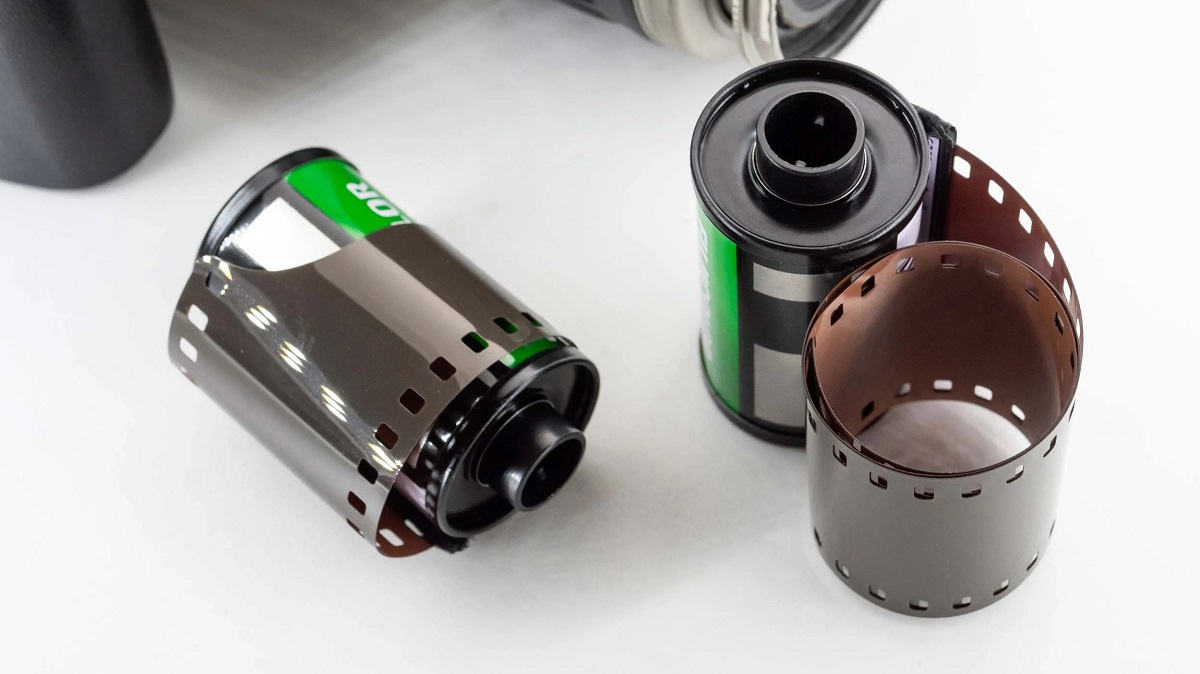

Articles
How To Store Used Film
Modified: February 23, 2024
Looking to store used film? Check out our helpful articles on the best methods and tips for safely storing used film.
(Many of the links in this article redirect to a specific reviewed product. Your purchase of these products through affiliate links helps to generate commission for Storables.com, at no extra cost. Learn more)
Introduction
Storing used film is a crucial step in maintaining the quality and longevity of your cherished memories captured on film. Whether you are an avid film photographer or someone who uses film occasionally, proper storage techniques can help ensure that your developed film remains in pristine condition for years to come.
In this article, we will explore the essential steps to store used film effectively. From choosing the right storage location to protecting it from light and external factors, we will provide you with valuable tips and insights to safeguard your film collection.
Preserving used film not only helps safeguard your memories but also ensures that you can revisit them and relive those moments in the future. So, let’s dive into the world of film storage and discover the best practices to keep your developed film safe and secure.
Key Takeaways:
- Proper storage of used film is crucial for preserving cherished memories. Choose the right location, handle with care, and protect from light, dust, and external factors to ensure longevity.
- Regular inspection and maintenance of stored film is essential. Monitor temperature and humidity, reorganize and re-label containers, and consider digitization for added protection.
Read more: How To Store Film
Choosing the Right Storage Location
When it comes to storing used film, it is crucial to choose the right storage location that provides the optimal conditions for preservation. Here are some factors to consider when selecting a storage location:
- Avoid Direct Sunlight: Exposure to sunlight can cause irreversible damage to your film. Therefore, choose a location that is away from direct sunlight or install curtains or blinds to block out the UV rays.
- Temperature Stability: Fluctuations in temperature can have a negative impact on film preservation. It is best to store your film in an area where the temperature remains stable, preferably between 60-68°F (15-20°C).
- Humidity Control: High levels of humidity can lead to mold growth and degradation of film. Aim for a relative humidity of around 40-50% to maintain optimal conditions for film storage.
- Air Quality: Choose a storage location that is free from pollutants, dust, and chemicals that can harm your film. Avoid storing film in areas prone to high levels of pollutants, such as attics or basements.
- Security: Ensure that the storage location is secure and protected from potential theft or damage. Consider installing proper locks or utilizing a dedicated film storage cabinet or box.
By considering these factors, you can select a storage location that provides the best conditions for preserving your used film. Remember, the goal is to create a stable and controlled environment to protect your film from deterioration over time.
Handling and Preparing Film for Storage
Properly handling and preparing your film before storage is essential to ensure its longevity and quality. Follow these steps to handle and prepare your film for storage:
- Clean and Dry Hands: Before handling your film, make sure your hands are clean and dry. Any dirt, oil, or moisture on your hands can transfer onto the film, leading to potential damage or degradation.
- Remove Excess Dust and Debris: Use a soft, lint-free cloth or a film cleaning brush to gently remove any dust or debris from the surface of the film. Avoid using harsh chemicals or abrasive materials that can scratch or damage the film.
- Inspect for Damage: Check the film for any visible damage, such as tears, scratches, or chemical stains. If you notice any significant damage, consider consulting a professional for repair or digitization before storing the film.
- Remove Residual Chemicals: If your film was processed using traditional darkroom techniques, ensure that all residual chemicals, such as fixer or developer, have been properly rinsed off. Any remaining chemicals can potentially harm the film during storage.
- Allow Adequate Drying Time: Ensure that your film is completely dry before storing it. Moisture trapped within the film can lead to mold growth or sticking of the film layers, causing irreparable damage.
- Protective Sleeves or Archival Storage Enclosures: Consider using archival-quality sleeves or storage enclosures to provide an extra layer of protection for your film. These materials are designed to prevent damage from dust, light, and external factors.
- Labeling: Clearly label each storage enclosure with important information, such as the date the film was processed, the type of film, and any specific notes or details you want to remember.
By following these steps, you can ensure that your film is properly prepared and ready for storage. Taking the time to handle your film with care and protect it from potential damage will go a long way in preserving its quality and ensuring that your memories are safeguarded.
Types of Film Storage Containers
Choosing the right storage containers for your film is crucial to protect it from damage and ensure its longevity. Here are some common types of film storage containers:
- Archival Sleeves: Archival sleeves are transparent plastic sleeves that are specifically designed for storing film. They are made from acid-free and archival-quality materials that help protect the film from dust, light, and moisture.
- Film Canisters: Film canisters are small, cylindrical containers that were originally used to store undeveloped film. They can also be repurposed to store used film. Make sure the canisters are clean and dry before placing the film inside.
- Film Storage Boxes: Film storage boxes are sturdy and usually made from acid-free materials. They come in various sizes and are ideal for storing multiple rolls of film. Look for boxes with dividers or compartments to keep the film organized.
- Anti-Static Bags: Anti-static bags are made from a special material that prevents static electricity from damaging the film. These bags are particularly useful for storing 35mm film strips or slides.
- Film Storage Binders: Film storage binders are designed to hold individual film sleeves or archival sheets. They are a convenient option if you have a small film collection and want to keep everything organized in one place.
When selecting a storage container, ensure that it is made from archival-quality materials without any harmful chemicals that could potentially damage the film. It is also important to choose a container that fits your specific needs and the size of your film collection.
Remember, regardless of the type of storage container you choose, it is important to store the containers in a cool, dry, and dark environment to maintain the quality of the film.
Storing Film in a Dark and Dry Environment
Creating a dark and dry environment for film storage is essential to protect it from light, humidity, and other external factors that can cause degradation and damage. Here are some tips for storing film in a dark and dry environment:
- Use a Light-Tight Container: Ensure that the storage container you choose provides sufficient protection against light. Light-sensitive film can be easily ruined by prolonged exposure to light. Therefore, store your film in a light-tight container, such as an archival sleeve or canister.
- Find a Cool and Dry Location: Heat and humidity can accelerate the aging process of film and cause moisture-related damage. Look for a cool and dry location in your home, away from areas prone to temperature fluctuations, such as attics or basements.
- Avoid Extreme Temperature Changes: Rapid or extreme temperature changes can cause condensation inside the storage containers, which can lead to moisture damage. Avoid placing your film in areas where the temperature fluctuates drastically, such as near heating vents or air conditioning units.
- Consider a Desiccant: Depending on your location and climate, using a desiccant, such as silica gel packets, can help absorb excess moisture and humidity inside the storage containers. Just make sure the desiccant packets are not in direct contact with the film.
- Avoid Storage near Chemicals or Solvents: Keep your film away from areas where chemicals or solvents are stored. Exposure to such substances can lead to chemical reactions or damage the film emulsion.
- Regularly Monitor Temperature and Humidity: Invest in a hygrometer and thermometer to monitor the temperature and humidity levels in the storage area. Regularly check for any fluctuations and adjust the environment, if necessary.
By storing your film in a dark and dry environment, you can minimize the risk of damage and ensure its longevity. Remember to check on your film periodically and take necessary measures to maintain the ideal storage conditions for preserving your cherished memories.
Store used film in a cool, dry place to prevent damage from heat and humidity. Consider using a film storage binder or archival sleeves to keep them organized and protected from dust and scratches.
Read more: How To Store Film Rolls
Temperature and Humidity Considerations
Temperature and humidity play a crucial role in the preservation of film. Improper temperature and humidity levels can lead to irreparable damage, such as warping, mold growth, or chemical reactions. Here are some important temperature and humidity considerations for film storage:
- Temperature: Film is best stored in a temperature-controlled environment. Aim for a temperature range of 60-68°F (15-20°C). Avoid extreme heat or cold, as they can cause the film to deteriorate or become brittle.
- Humidity: High humidity can lead to moisture damage and mold growth, while low humidity can cause the film to become brittle. Maintain a relative humidity level of around 40-50% for optimal film preservation.
- Fluctuations: Avoid rapid temperature and humidity fluctuations, as they can cause condensation inside the storage containers. Gradual changes are less likely to result in moisture-related damage.
- Avoid Damp Environments: Keep your film away from areas with high humidity levels, such as basements or rooms prone to dampness. Moisture can seep into the film and lead to deterioration.
- Dehumidifiers and Air Conditioners: If you live in an area with high humidity, consider using dehumidifiers or air conditioners to maintain a stable humidity level in the storage area.
- Avoid Exposure to Water: Protect your film from water damage by ensuring that it is stored in a dry location and away from potential sources of water, such as pipes, leaking roofs, or areas prone to flooding.
- Consult Professional Services: If you have a significant film collection or live in an environment with extreme temperature or humidity conditions, consider consulting professional storage services that specialize in film preservation.
By paying attention to temperature and humidity considerations, you can create a suitable storage environment that prevents moisture-related damage and ensures the long-term preservation of your film collection.
Organizing and Labeling Film Storage Containers
Proper organization and labeling of your film storage containers are crucial for easy retrieval and efficient management of your film collection. Here are some tips to help you organize and label your film storage containers:
- Categorize by Date or Event: Consider organizing your film by date or specific events to make it easier to locate specific rolls. You can create separate storage containers for different years or categorize them based on special occasions or photography projects.
- Use Clear and Archival Labels: Utilize clear labels or tags that are archival quality and acid-free. These labels should not damage or harm the film or storage containers. Place labels on the outside of the containers for easy identification.
- Include Relevant Information: Label each container with relevant information such as the date the film was shot, the type of film, or any additional notes you want to remember about the contents.
- Create an Inventory List: Maintain an inventory list or database that tracks the rolls of film you have stored, including their location and any additional details. This will help you keep track of your collection and streamline the retrieval process.
- Consider a Color-Coding System: If you have a large film collection, consider implementing a color-coding system. Assigning different colors to different categories or years can help you quickly identify and retrieve the desired film.
- Documentary Photography: If you are a professional photographer or working on a specific project, consider documenting your film collection with images or a logbook. This documentation can serve as a visual reference and provide additional context to your film collection.
- Regular Maintenance and Updates: It is essential to regularly review and update your organization and labeling system as you add new film or make changes to your collection. This will ensure that your inventory remains accurate and up to date.
By organizing and labeling your film storage containers effectively, you can easily locate and retrieve specific rolls, preserve the integrity of your film, and maintain an efficient system for managing your collection.
Protecting Film from Light, Dust, and External Factors
Protecting your film from light, dust, and external factors is crucial to ensure its long-term preservation. Here are some essential steps to safeguard your film from these potential threats:
- Light Protection: Store your film in light-tight containers, such as archival sleeves or canisters, to protect it from exposure to light. Light can degrade the emulsion and colors of your film over time.
- Dust Prevention: Keep your film storage area clean and minimize dust accumulation by regularly dusting shelves, containers, and surrounding surfaces. Choose storage containers and enclosures that provide a seal against dust intrusion.
- Avoid Extreme Conditions: Protect your film from extreme temperatures, high humidity, and drastic fluctuations. These conditions can warp the film, cause chemical reactions, or encourage mold growth.
- Store Upright: To prevent unnecessary stress or damage to the film, store your film vertically rather than horizontally. This helps avoid creases or bending of the film.
- Avoid Magnetic Fields: Keep your film away from strong magnetic fields, such as speakers or electronic devices, as they can potentially damage or erase the information on your film.
- Handle with Care: When handling your film, always do so with clean, dry hands. Avoid touching the emulsion side of the film to prevent fingerprints or smudges that may impact image quality.
- Avoid Chemical Exposure: Protect your film from exposure to chemicals, solvents, or fumes that can degrade or damage the film. Store your film away from areas where these substances are used or stored.
- Regular Cleaning: Periodically inspect your film for dust, fingerprints, or other debris and gently clean the surface using a soft, lint-free cloth or a film cleaning brush. Avoid using harsh chemicals or abrasive materials.
- Backup and Digitize: Consider making backups or digitizing your film to protect it from unexpected loss or damage. Digital copies can offer an additional layer of security and allow you to easily access and share your images.
By implementing these protective measures, you can ensure that your film remains safe from light, dust, and external factors that can potentially harm its quality and longevity. Preserving your film collection will help safeguard your cherished memories for years to come.
Periodic Inspection and Maintenance of Stored Film
Periodic inspection and maintenance of your stored film is essential to ensure its ongoing preservation and catch any potential issues early on. Here are some important steps to follow for the periodic inspection and maintenance of your stored film:
- Regular Check-ups: Set a schedule to inspect your stored film at regular intervals, such as every six months or once a year. This allows you to catch any potential issues before they become more severe.
- Visual Inspection: Carefully examine each roll of film for signs of damage, degradation, or mold growth. Look for any visible scratches, warping, or discoloration. If you notice anything concerning, consider consulting a professional for further assessment.
- Monitor for Foul Odors: Pay attention to any unusual or foul odors coming from your film storage area. An unpleasant smell could be an indication of chemical reactions or mold growth, which requires immediate attention.
- Temperature and Humidity Check: Use a hygrometer and thermometer to monitor the temperature and humidity levels in your film storage area. Ensure that they remain within the recommended ranges to prevent moisture-related damage.
- Reorganization and Re-labeling: As you inspect your film collection, take the opportunity to reorganize and re-label your storage containers if necessary. Update any outdated labels or adjust the organization system as needed.
- Digitization or Duplication: Consider digitizing or duplicating your film periodically as a precautionary measure. This creates an additional backup and ensures that even if the physical film is damaged, you still have access to your images.
- Review Storage Conditions: Take a moment to review the storage conditions of your film collection. Ensure that the environment remains cool, dry, and free from any potential risks such as exposure to light or chemicals.
- Consult Professionals: If you have any concerns about the condition or preservation of your film, consider consulting professional preservation services or experts in film archiving. They can provide guidance on the appropriate measures to take.
By regularly inspecting and maintaining your stored film, you can catch potential issues early on and take the necessary steps to preserve the quality and longevity of your film collection. Treating your film with care and diligence ensures that your cherished memories remain protected for years to come.
Read more: How To Store Polaroid Film
Conclusion
Proper storage of used film is essential for preserving the quality and longevity of your cherished memories. By following the guidelines and recommendations outlined in this article, you can ensure that your film remains in optimal condition for years to come.
Start by choosing the right storage location, preferably one that is dark, dry, and free from extreme temperatures and humidity. Select appropriate film storage containers, such as archival sleeves or canisters, to provide protection against light, dust, and external factors.
Handle and prepare your film with care by keeping your hands clean and dry, removing dust and debris, and ensuring the film is completely dry before storage. Label each storage container with relevant information, such as the date and type of film, and consider implementing an organizational system to easily locate specific rolls.
Protect your film from light, dust, and external factors by storing it in light-tight containers, avoiding exposure to extreme conditions, and regular cleaning and maintenance. Periodically inspect your stored film for any signs of damage or degradation, and consider digitizing or duplicating your collection as an additional precaution.
Remember, each step you take to store your used film properly contributes to its long-term preservation and allows you to revisit and relive your cherished memories in the future.
By implementing these techniques and best practices, you can safeguard your film collection and ensure that it remains in pristine condition, ready to bring back those special moments whenever you want.
Preserving your used film is not just about storage; it”s about preserving your precious memories. So, take the time to give your film the care and attention it deserves, and continue capturing beautiful moments on film for years to come.
Frequently Asked Questions about How To Store Used Film
Was this page helpful?
At Storables.com, we guarantee accurate and reliable information. Our content, validated by Expert Board Contributors, is crafted following stringent Editorial Policies. We're committed to providing you with well-researched, expert-backed insights for all your informational needs.
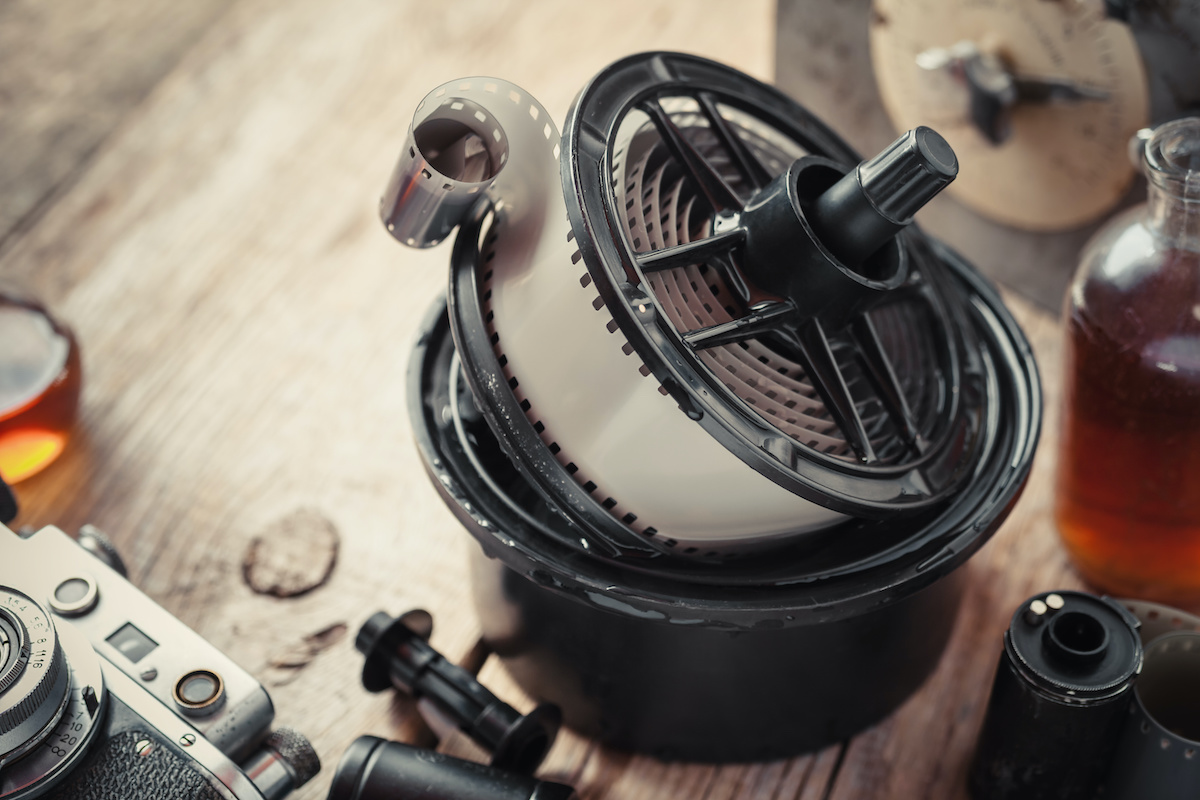
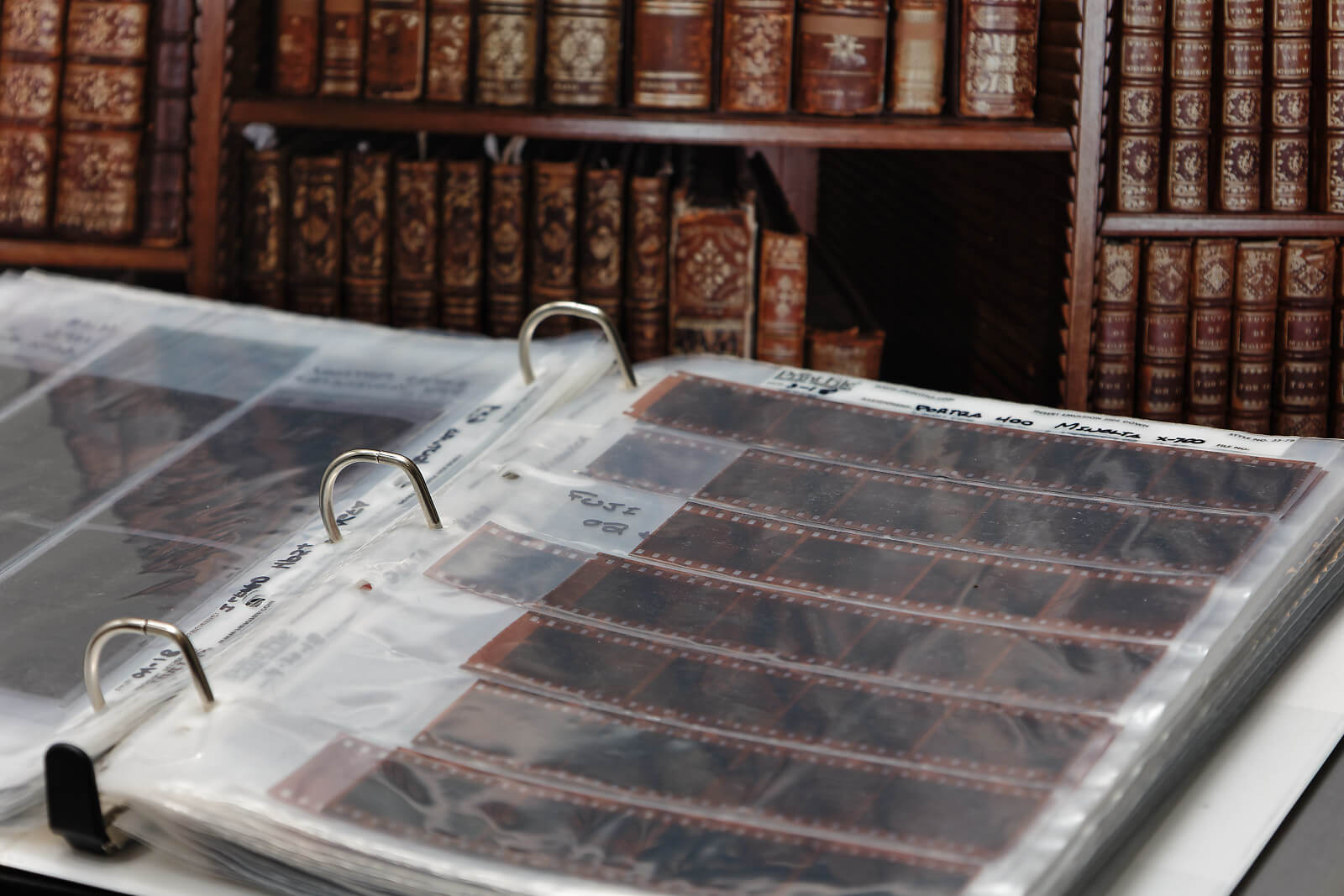
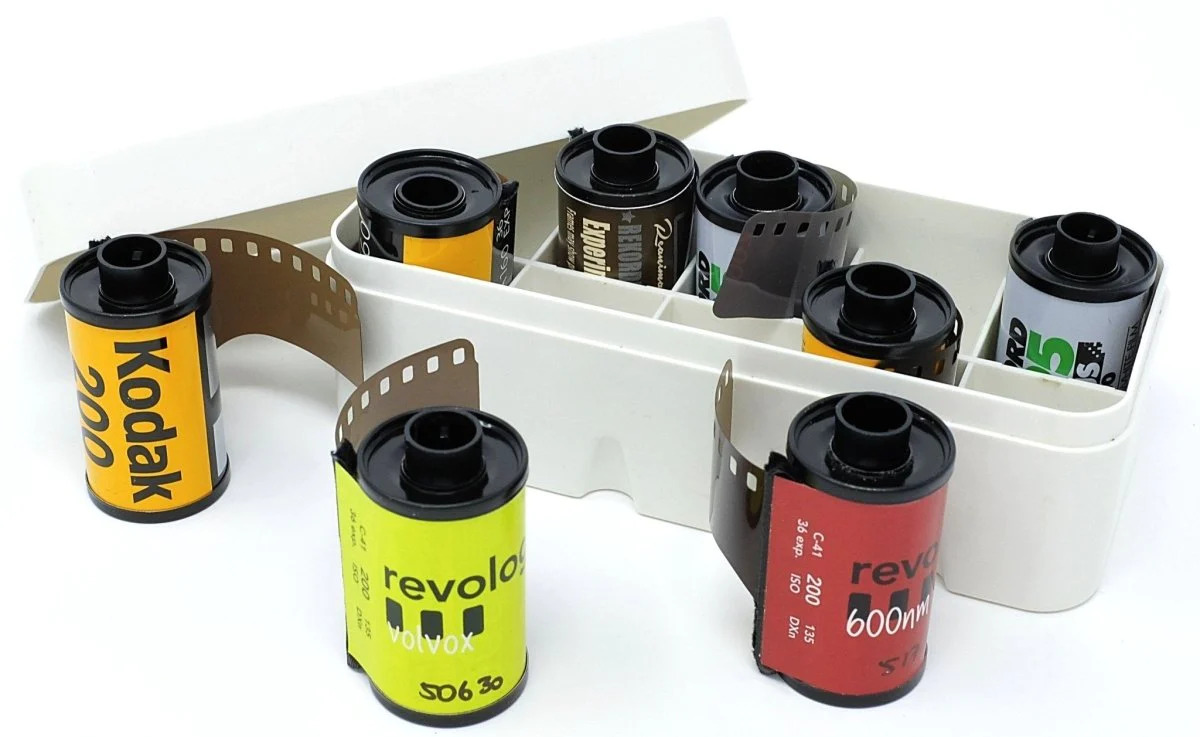
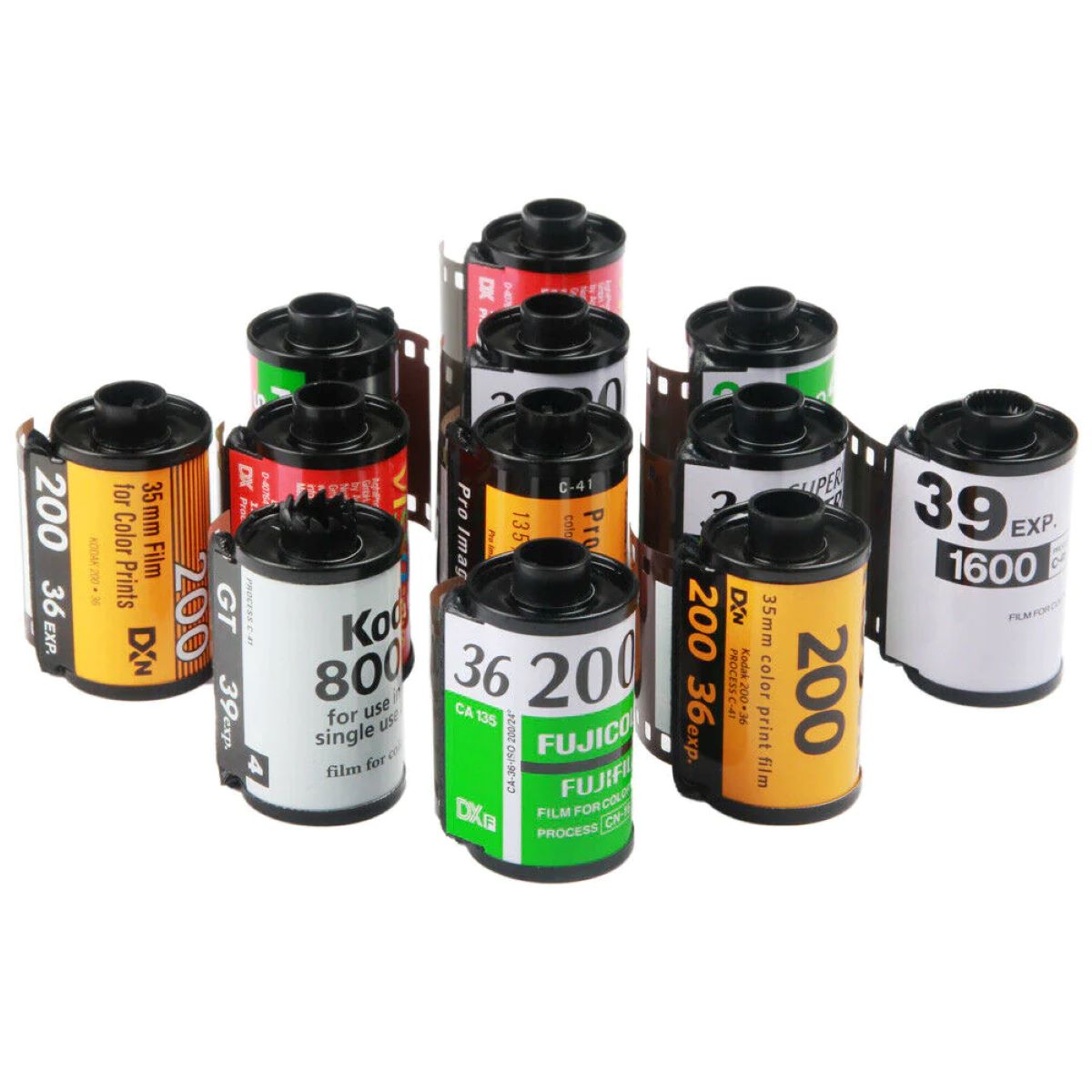


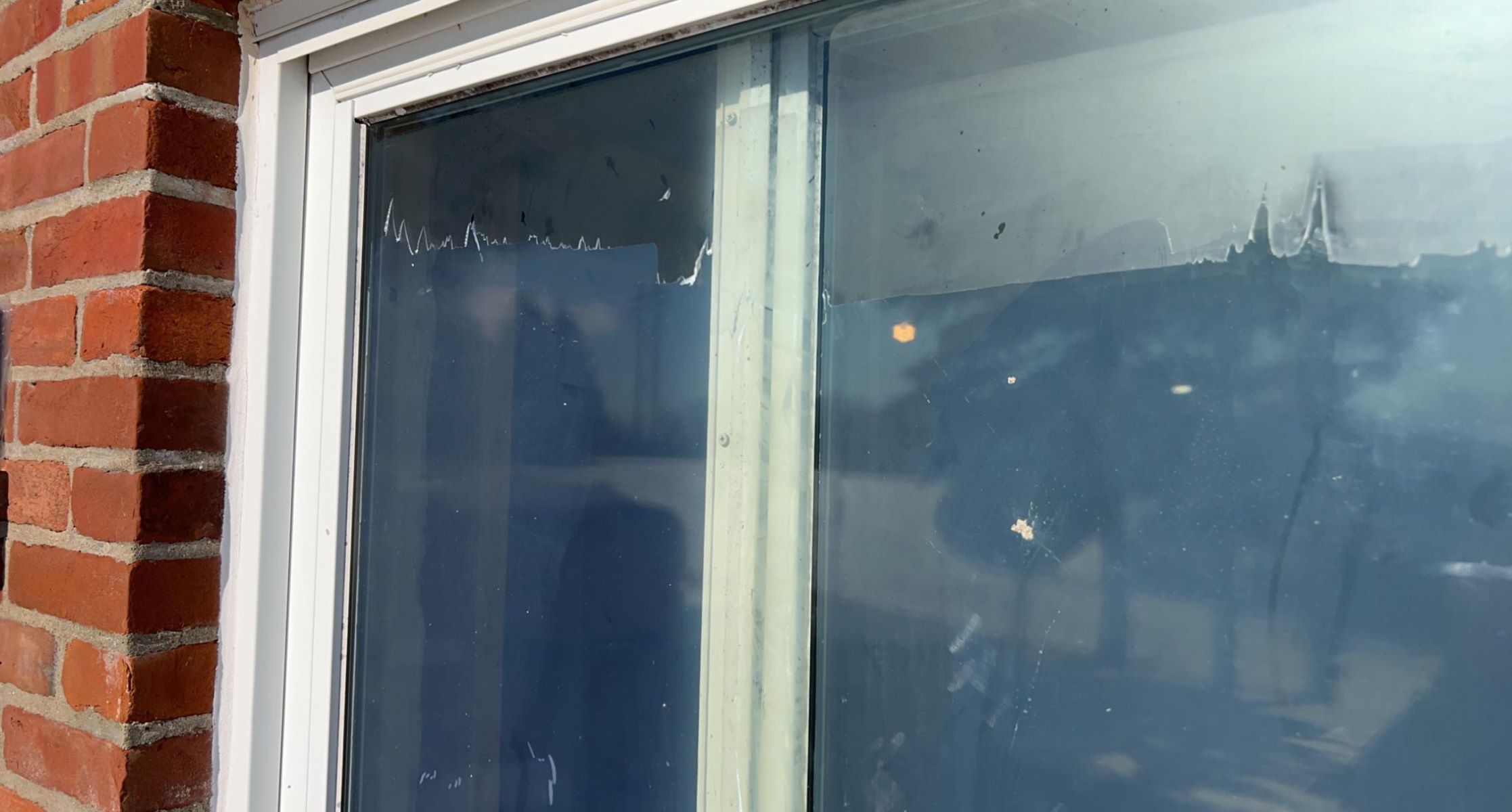
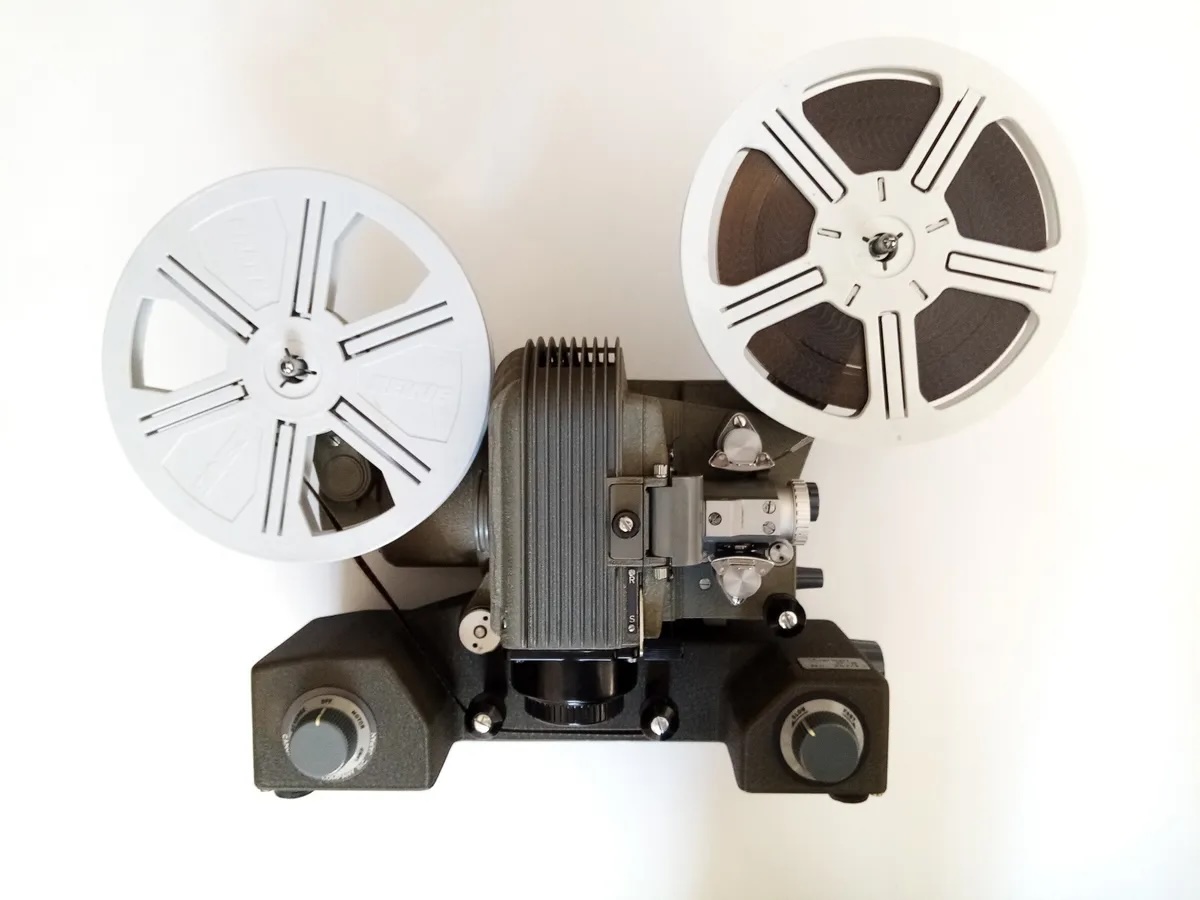


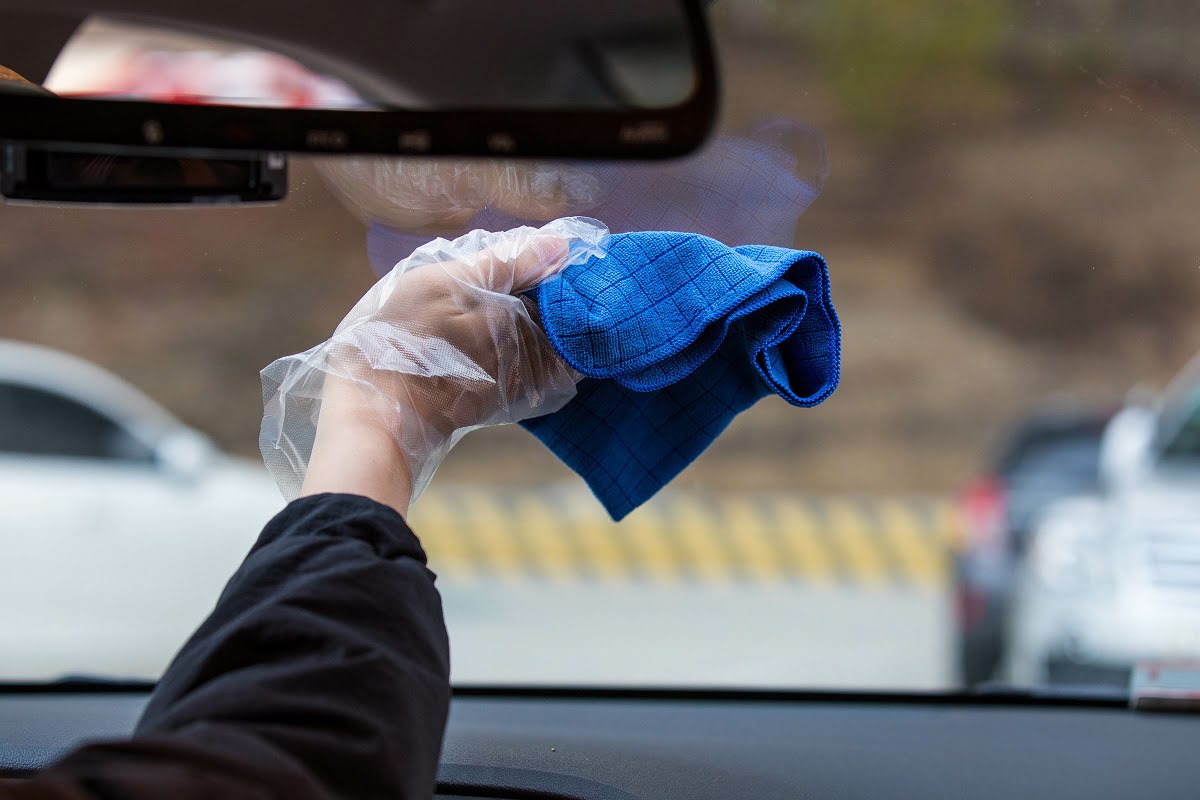



0 thoughts on “How To Store Used Film”